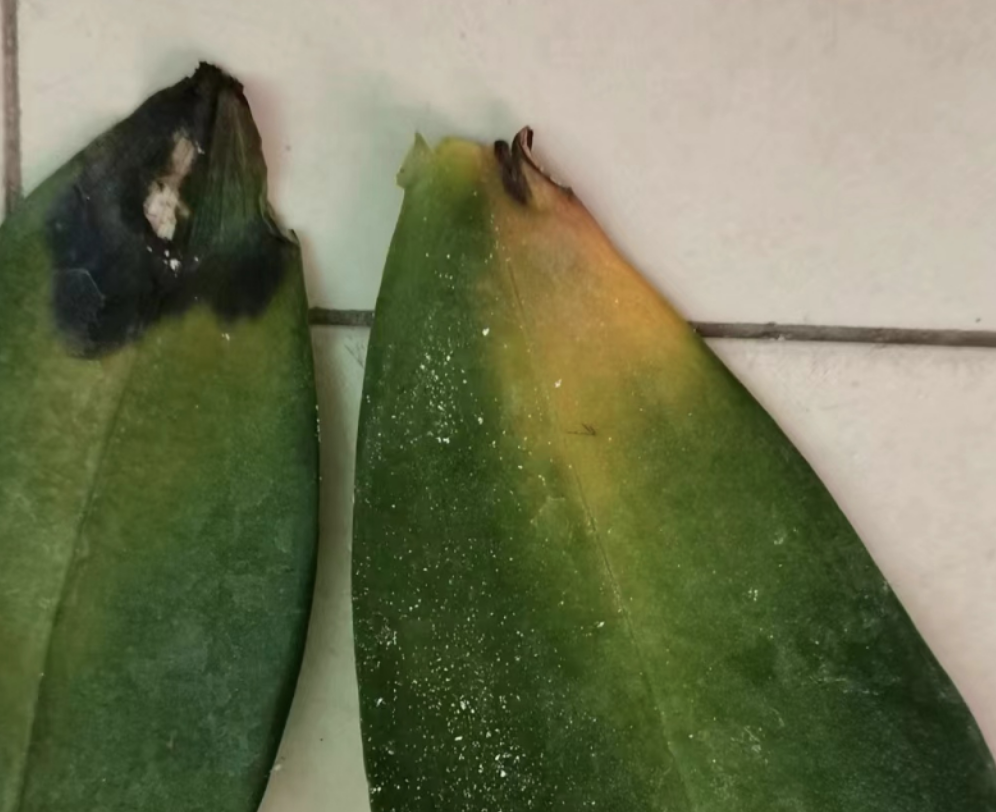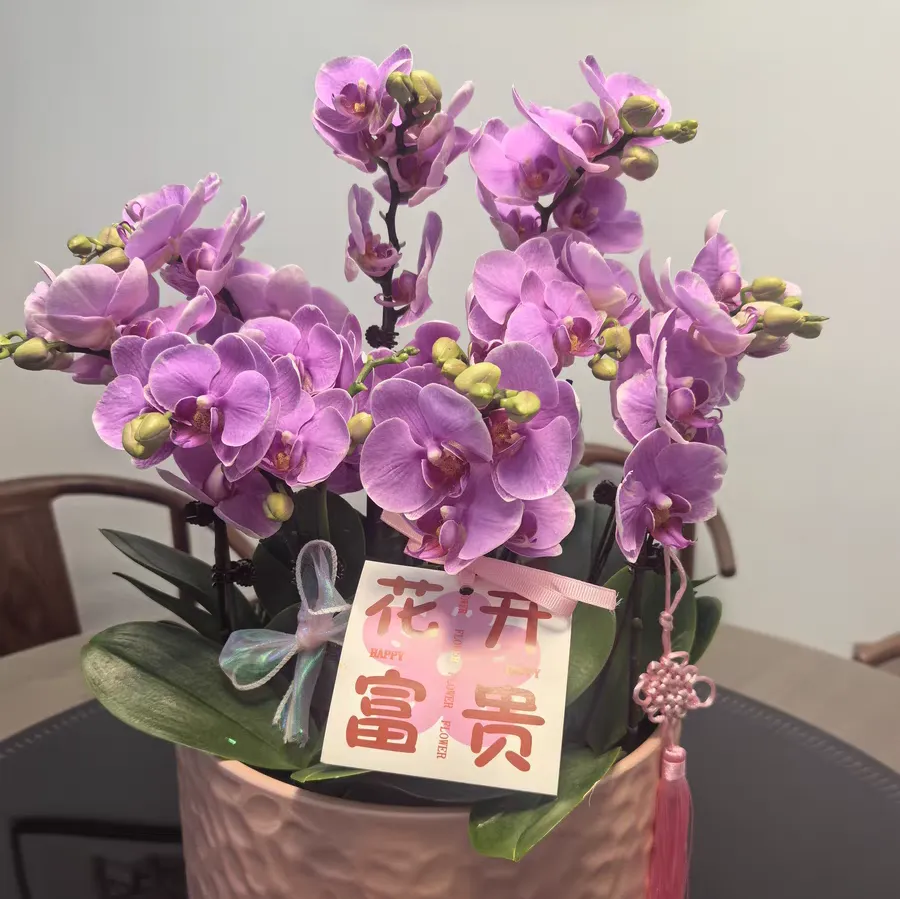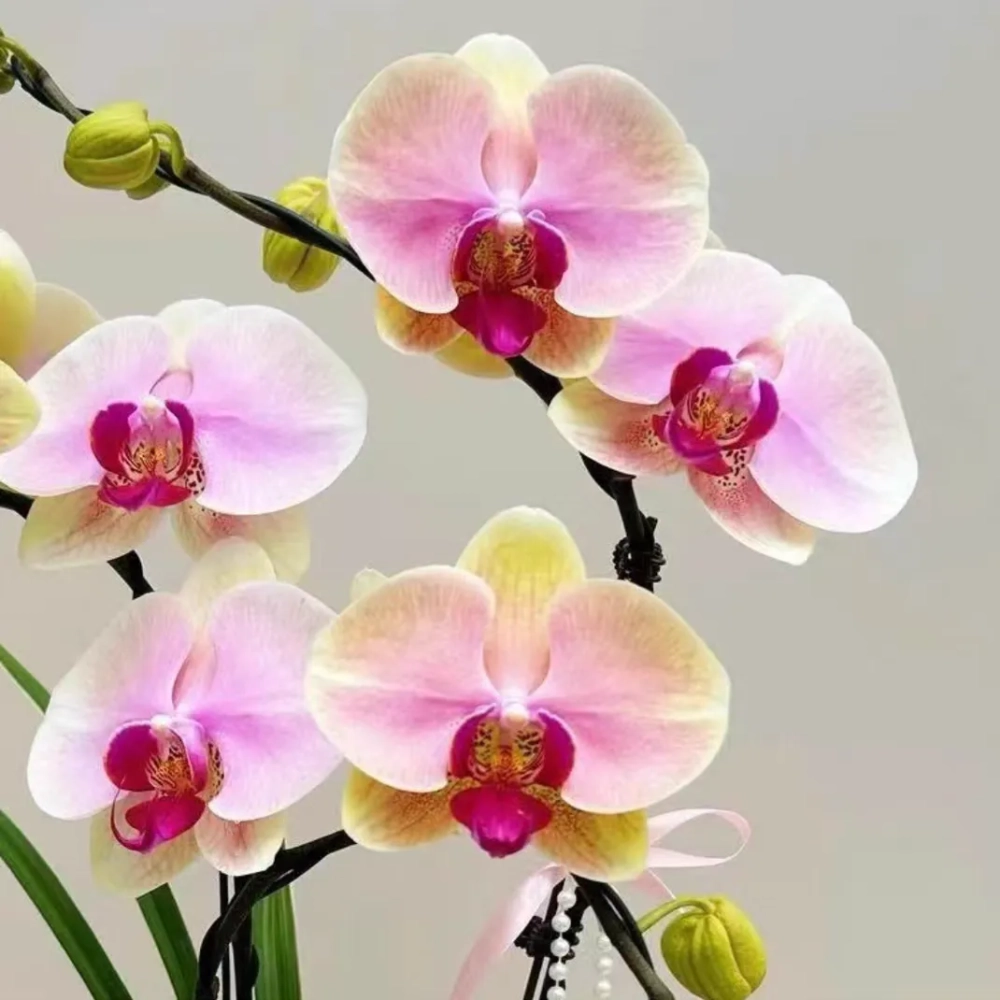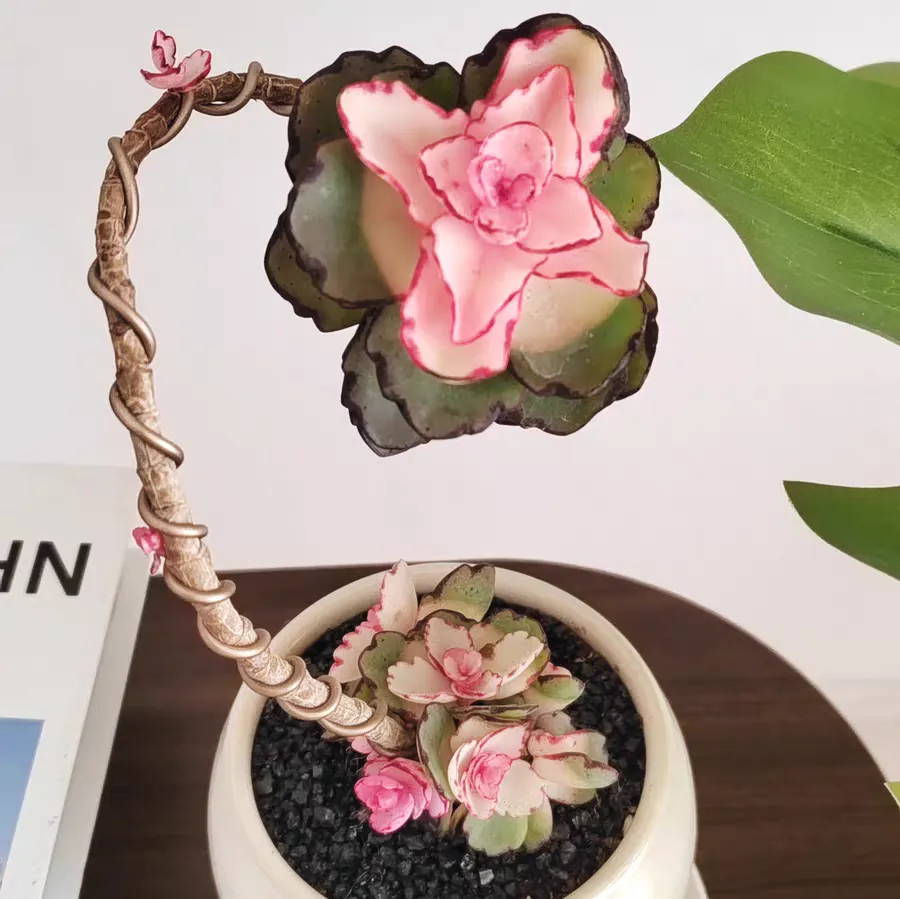Generally speaking, both new and experienced orchid enthusiasts may encounter the situation of "black rot" on the leaves of Phalaenopsis. The main cause of this disease is bacterial or fungal infection. Judging from the cause of the disease, it seems quite serious. But in fact, as long as you can detect the small signs of black rot in time, the entire plant can be saved. The following is a brief discussion of some insights.
The occurrence of "black rot" is not limited by seasons. For example, in winter, because of the cold outdoor weather, most people will close their doors and windows. As a result, Phalaenopsis may get black rot due to poor ventilation. In summer, even if the ventilation is well done, it may still get black rot in the high-temperature environment. In conclusion, for Phalaenopsis, black rot is like a common cold for humans and is very likely to occur. During daily maintenance, everyone should be more careful to inspect the surface, underside, and gaps of the leaves. It's best to press the leaves slightly with your hand. If the condition is soft and rotten, this may be the early stage of black rot. In the later stage, the entire tissue of black rot will turn black.
In addition, apart from "black rot", there is also "water rot". The difference between it and black rot is that the leaves will not turn black but become soft and transparent. How to deal with similar problems?
Generally speaking, black rot and water rot mostly occur on the leaves and not on the roots. If it occurs, cut it off as soon as possible. When cutting, don't be reluctant to cut only half. Cut off the entire black or transparent tissue completely. Then, after cutting, you can sprinkle a little carbendazim, cinnamon powder, plant ash, etc. on it to let the wound absorb, which can effectively facilitate its recovery. Finally, place the entire treated plant in its original position. In addition, pay attention to the scissors that were used. Be sure to wipe them clean with alcohol after use and then place them in a dry place. Otherwise, the germs on the tip of the scissors may accidentally infect other parts when you use them next time.
When watering after the disease occurs, it is important to avoid watering the previously cut parts. Because when it has not recovered, the germs may still exist, causing the germs to follow the water flow and affect other leaves. In case the wound really gets wet, deal with it in time and spray fungicides suitable for orchids regularly to prevent the disease from recurring.
What should be done if there are black spots on the leaves of Phalaenopsis?

Share with
Tagged in :




Leave a Reply